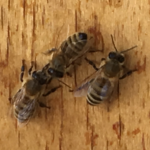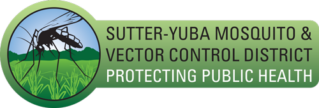Colony Collapse Disorder (CCD) occurs when the majority of worker bees abandon their hive while the queen, honey, and larvae are still present. It is not known exactly what causes CCD. Ongoing research by many scientific groups is being conducted to try to fully understand and solve the problem. The prevailing theory among scientists in the EPA (Environmental Protection Agency) and the USDA (United States Department of Agriculture) is that the general declining health of honey bees is related to multiple factors, and that CCD is not caused by and can not be explained through any one simple reason.
Possible causes of bee mortality that may or may not be related to CCD:
- Climate change, drought
- Parasites (invasive varroa mite)
- Bacterial diseases (American foulbrood)
- Viruses (Israeli Acute Paralysis and Nosema)
- Loss of natural habitat which can result in poor nutrition and increased reliance on supplemental diets
- Bee management practices, such as long migratory routes to support pollination services
- Pesticide use
- Lack of genetic diversity

The Sutter-Yuba Mosquito and Vector Control District does direct a campaign to keep mosquito populations in check. It is important to understand how spray operations are designed to eliminate negative impacts on honeybees. Mosquitoes being targeted reach their peak activity in the late evening and nighttime hours. To coincide with the peak activity, most spray operations take place during these hours. Honeybees are active during daytime hours and return to their hives at the end of the day. Spraying both by ground and by air is accomplished using ULV (Ultra Low Volume) applications, significantly minimizing the chances of sprays reaching the bees, yet still remaining effective against mosquitoes. Even though bees are inside their hives, spray truck operators are trained on bee hive locations and to recognize and shut off when approaching hives in the field.
https://www.epa.gov/pollinator-protection/colony-collapse-disorder
http://www.epa.gov/pollinator-protection/pollinator-health-concerns
